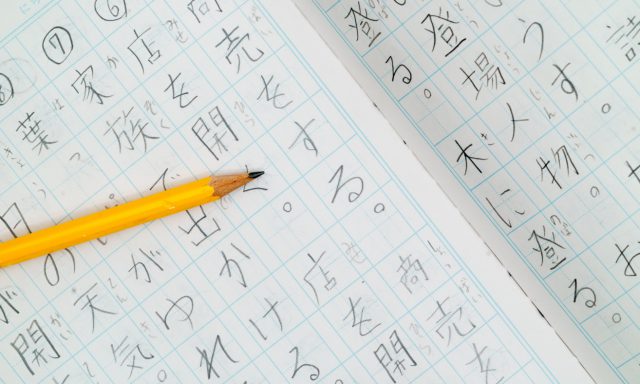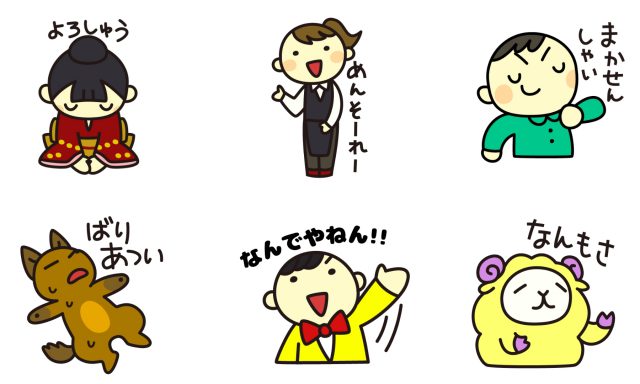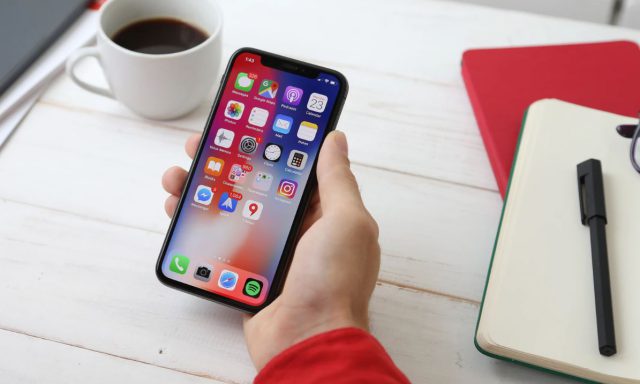Keigo: What is it? When should I use it?

| Often the dread of many Japanese language learners, keigo, or “honorific language,” is an important part of everyday Japanese communication. It is also a manifestation of the Japanese social hierarchy that dictates how friends and family, co-workers, superiors, and subordinates interact with each other. The gender of the conversing parties may also play a role in the degree to which keigo is used. For example, a man may choose to use polite language with a woman and vice versa. While many politeness and respect mostly a matter of tone of voice and physical demeanor for many people around the world, in Japan, language is the means by which relationships are defined. Regardless of whether or not you agree with this part of the culture, keigo is something Japanese language learners should try to build some proficiency in if they intend to study or work in Japan. |
What is Keigo exactly?
Keigo is sometimes translated as “formal language” is there are 3 different types:
- Teineigo – Polite Language
The simplest form of keigo constituted mostly of simple -desu, -masu forms and is used regularly with strangers, people you are meeting for the first time, and people older than yourself. Or it can be used to simply be polite to people regardless of their social standing in relation to yours.
- Kenjōgo – Humble Language
Language meant to lower your standing in relation to the person you are communicating with. Can be used when talking to superiors at work, high-ranking officials in society, customers/clients, etc. When discussing actions that you are performed or things pertaining to yourself, use kenjōgo.
| English | Simple Form (Self/Counterpart) |
Teineigo (Self/Counterpart) |
Kenjōgo (Self) |
Sonkeigo (Counterpart) |
|---|---|---|---|---|
| To say | Iu | Imasu | Moshiageru | Ossharu |
| To Listen | Kiku | Kikimasu |
Haicho suru / |
Okiki ni naru |
| To Ask | ||||
| To See | Miru | Mimasu | Haiken suru | Goran ni naru |
| To Go | Iku | Ikimasu | Mairu | Irassharu |
| To Come | Kuru | Kimasu | ||
| To Eat | Taberu | Tabemasu | Itadaku | Meshi agaru |
| To Drink | Nomu | Nomimasu | ||
| To Do | Suru | Shimasu | Nasaru | Itasu |
|
Notes:
I eat apples ≠ Watashi wa ringo wo meshi agarimasu (Do not use Sonkeigo in relation to yourself)
Mr. Yamada eats apples ≠ Yamada-san wa ringo wo itadakimasu (Do not use kenjōgo in reference to people other than yourself) |
||||
These are only a few examples of formal language. Though it might be complicated at first, careful study and plenty of practice will help to make keigo less of dread and just another extension of your Japanese language ability that can be used every day.




